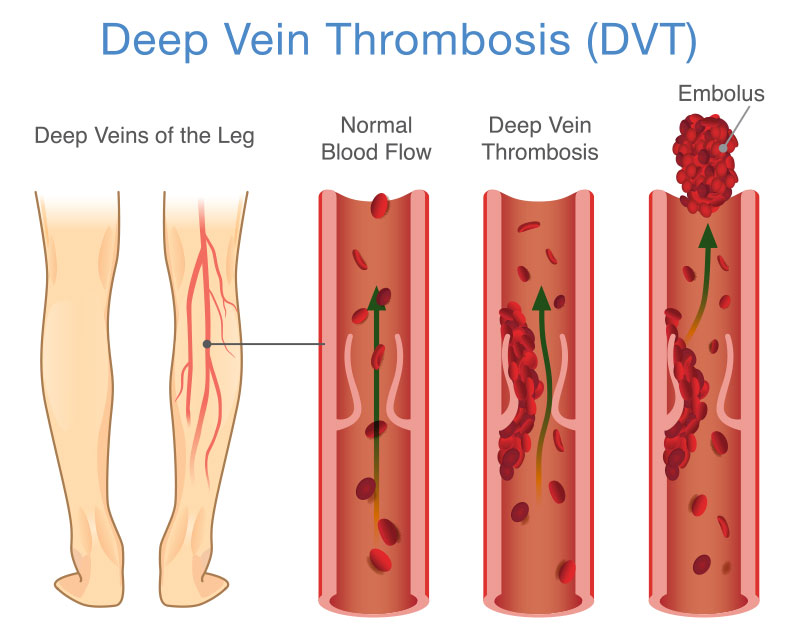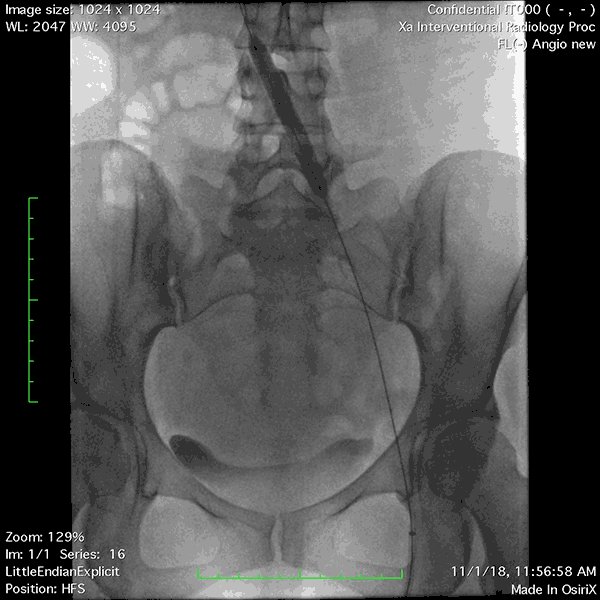What is it?

DVT is a serious medical condition when a blood clot forms in the large veins of the body. This can be instigated by certain medical conditions, medicines, or even prolonged inactivity, i.e. a long car or plane ride. Most DVTs are not life or limb threatening, but can be extremely painful and limit ones activity. The larger and more extensive DVTs can result in extreme pain and immobility because of swelling.
Most often, the treatment for DVTs is anticoagulation (blood thinner), typically for 3-6 months. However, when the DVT burden is very large and involves the upper leg or when symptoms are severe, more aggressive treatment may be necessary to expedite and facilitate a rapid and complete recovery. These treatments include catheter directed thrombolysis (medicine that dissolves the clot), angioplasty (balloon stretching of the vein) and occasionally stenting. Many of these therapies can be done as outpatient procedures, with infrequent circumstances requiring patients to spend the night in the hospital.





